We usually think of the learning environment as a theater where classes take place, students sit and the educator exposes the content using the available tools, such as whiteboards and projectors.
However, one of the biggest challenges in this configuration is transforming theory into a practice that prepares students for work-related situations while making the learning experience as exciting and – why not? – fun as possible.
The DAD Project was created in 2014 by Dr. Alireza Behnejad, Director of the Spatial Structures Research Centre at the University of Surrey, England, to help engineering and architecture students develop their professional skills.
The interest of Dr. Behnejad in creating a bridge between academy and industry goes back to the first courses and workshops on spatial structures he held at different universities. Despite initially being more "chalk and talk" in nature, his classes progressively became more and more hands-on as he noticed the positive feedback from the participants.
As he states in his article "Benefits of Full-scale Physical Models in Civil Engineering Education":
"Engineering students, usually, show a greater interest in topics which are demonstrated physically rather than those that are explained using the so-called ‘chalk and talk’ methods, that is, by oral presentations and blackboard/whiteboard/OHP. Also, students are motivated by hands-on experience and by linking concepts and physical models to real engineering problems."
What is D.A.D Project?

The acronym DAD stands for Design, Assemble & Dismantle and summarizes what the activity is all about. The idea is that every year, students at the University of Surrey group themselves and use the components proposed by the organization to bring a full-scale structure to life.
First, the challenge proposes that students go through all stages of the design process, including conception, prepare all the necessary drawings, method statements, and risk assessments for construction.
Afterward, they swap projects with another group. They have to assemble and disassemble each other's designs using the available instructions. Also, they have to complete the task under a two-hour time limit. In the end, they produce a video about the experience.
The group's performances are assessed based on design creativity, building management skills, and safety considerations.

Figure: The assembly sequence created by one of the groups.
One of the project's main goals is to engage students in an active learning environment. The structure designed by the students is not as important as the process that leads to it. In other words, what matters for the DAD Project is the potential benefits of working with full-scale physical models in engineering education. Some of the advantages are the development of teamwork and communication skills, peer-to-peer learning, and the sense of accomplishment for the challenge itself, as this is the first experience of this kind for many of these students.

As explained by Dr. Behnejad: "Working with full-scale structures enables participants to learn about the practical considerations of designing a successful structure. The Project provides the ideal educational environment for developing the skills needed in architectural/structural engineering, such as interpreting other people’s ideas, teamwork, communication, and time management."
The benefits can also be expressed by the participants' experience, as Faith Omokhuale states: "The Project DAD gave us insight into many different aspects of an engineering project. We were able to understand more about conceptual design processes, the health and safety requirements, and how the principal contractor and designer can work together. The goal was to fix any queries and misunderstandings surrounding the design before building to ensure everyone has a good understanding of the project at hand."
Mola and DAD Project working together

Like many academic initiatives, DAD Project had to face the challenge of continuing its activities during the COVID-19 pandemic in 2020 and 2021.
After all, how to respect social distancing while bringing an essentially hands-on group activity into the context of distance learning?
The solution was to send each student a Mola Structural Model kit so the initial meetings could take place remotely. Using Mola, it was possible to carry out prototyping and structural tests during the design stage, reducing face-to-face meetings to the construction stage with all appropriate social distancing rules.
Prof. Alireza Behnejad points out the following about the process: “During the COVID-19 pandemic, project meetings had to take place virtually and communicating design ideas was challenging. To overcome this, Marcio and I designed a specific Mola kit which was sourced from Brazil and sent to each Surrey student home address (in the UK and abroad) in January 2021 facilitating the design and exchange of ideas.
This helped the students to develop their ideas individually and then discuss with their group members in virtual meetings. Students complimented this initiative: ‘the Mola kits are excellent.’ Fortunately, the lockdown was eased in the UK prior to the full scaled construction in May 2021 and students could realise their structures as planned.”
As the in-person activities return in 2022, DAD Project keeps using the Mola kits at the design stage and plans to keep using them in the following years.
Breaking frontiers

Since its first edition in 2014, the DAD Project has gradually expanded its frontiers. It has been replicated by student groups from the West Institute of Technology & Higher Education (Mexico), Ferdowsi University of Mashhad (Iran) and the University of São Paulo. Since 2018, Japan's Nohmura Foundation has been sponsoring DAD workshops at universities in China and Iran.
In Brazil, Dr. Ruy Marcelo Pauletti and Dr. Leila Cristina Meneghetti from the University of São Paulo adapted the DAD Project to create an experiment for students in the Structural Systems class at the School of Architecture and Urbanism. In this edition, they used small-scale physical models in the design stage to expand the freedom of geometric experimentation. Afterward, the students picked one of the projects to build in full-scale.
“These international collaborations are useful because they introduce more challenges to the project such as managing language, cultural and time differences – just like the real-life challenges that face international companies in the construction industry.”, explains Dr. Behnejad.
The future of DAD Project

Recently, the DAD Project introduced a new full-scale teaching kit for tensile membrane structures. In addition, other kits are being developed for bamboo structures and ETFE (Ethylene Tetrafluoroethylene) claddings. The international collaborations on the DAD Project are also expanding to more countries, including Nigeria and Syria.
We believe projects like the DAD Project are a great inspiration to incorporate more hands-on activities into structural teaching.
What did you think of the initiative? Do you want to try something like this at your university?
Resources
Paper by Prof. Alireza Behnejad: Benefits of Full-scale Physical Models in Civil Engineering Education
Case study by Prof. Alireza Behnejad: Challenging students to design, assemble and dismantle
Paper by Prof. Leila Cristina Meneghetti; Ruy Marcelo Pauletti and Luís Bitencourt about the activities of the DAD Project at USP: An academic experiment on the design of spatial truss models and teamwork
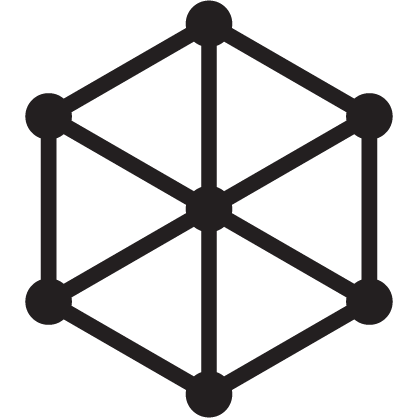
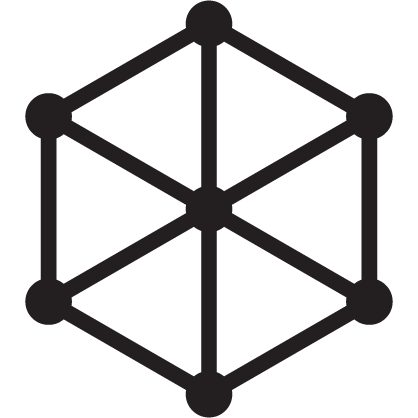


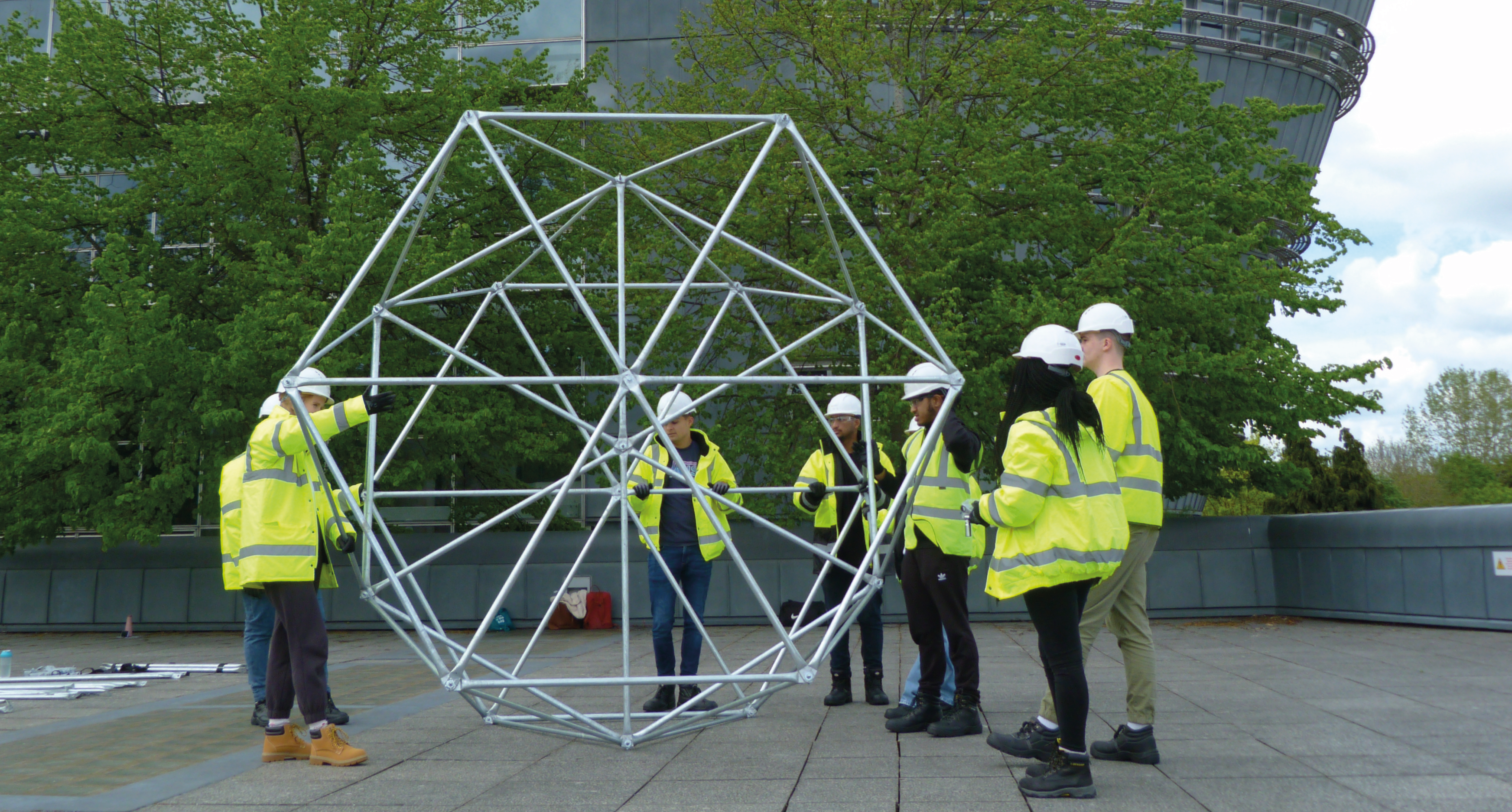
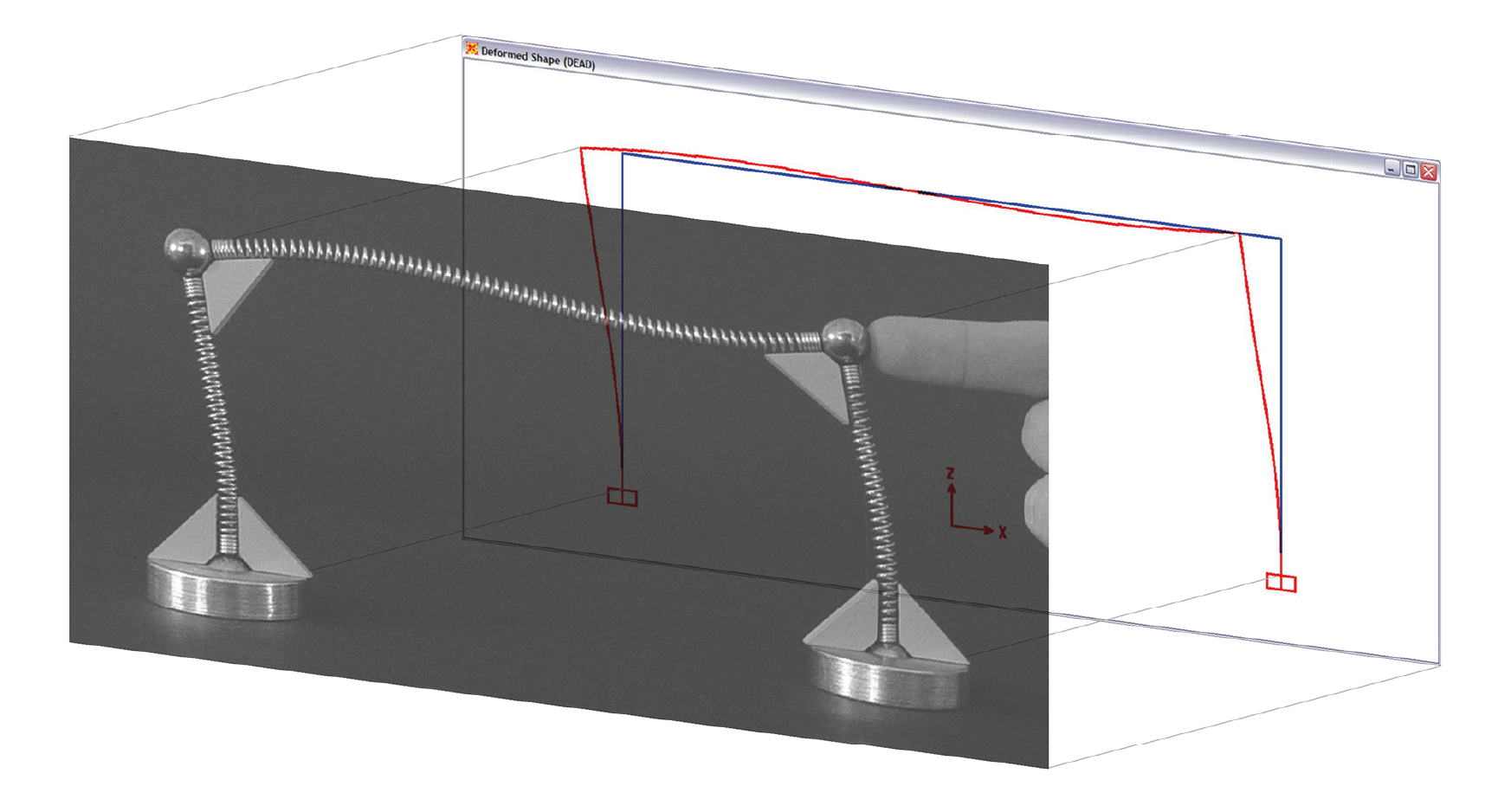
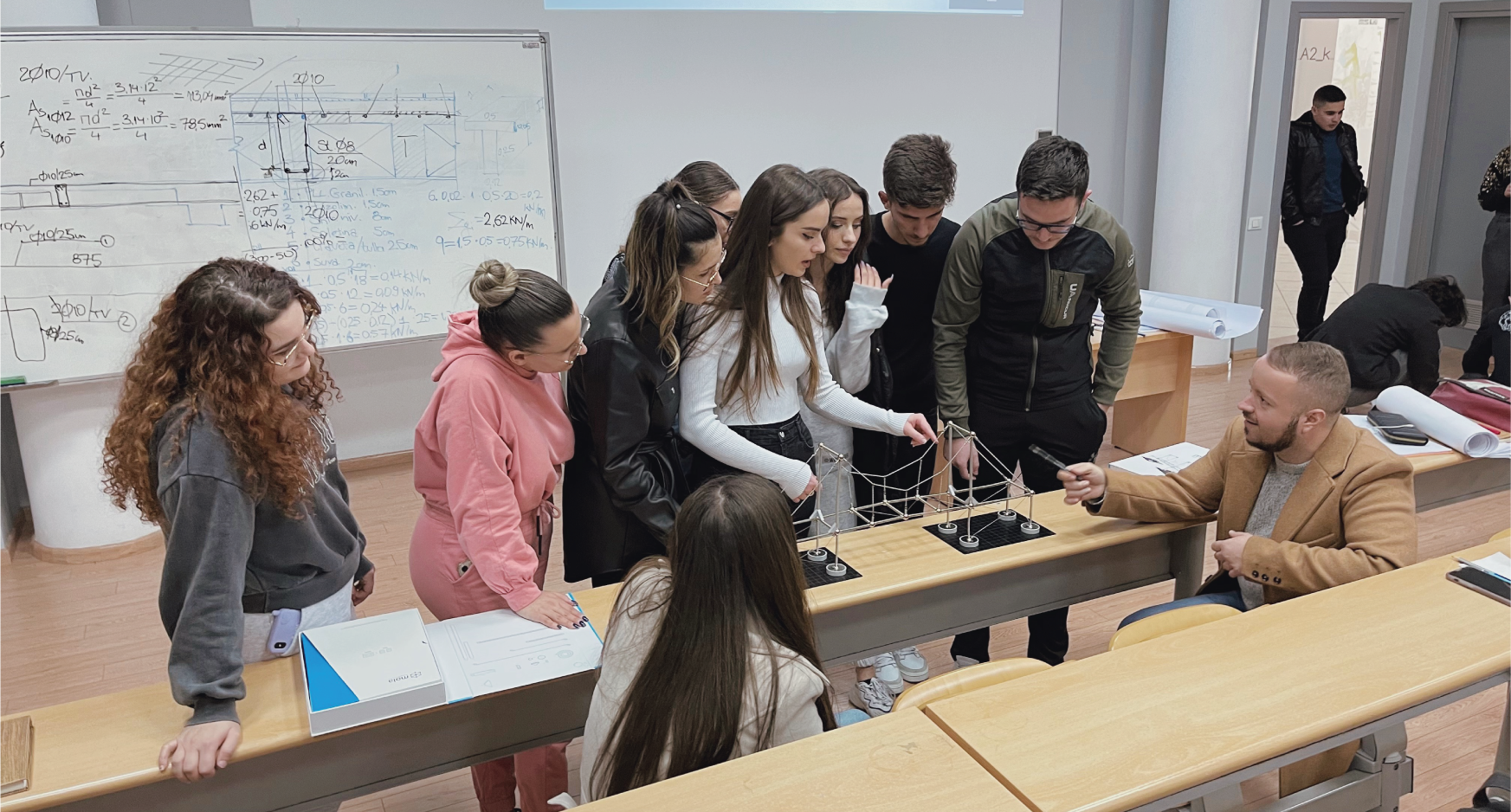
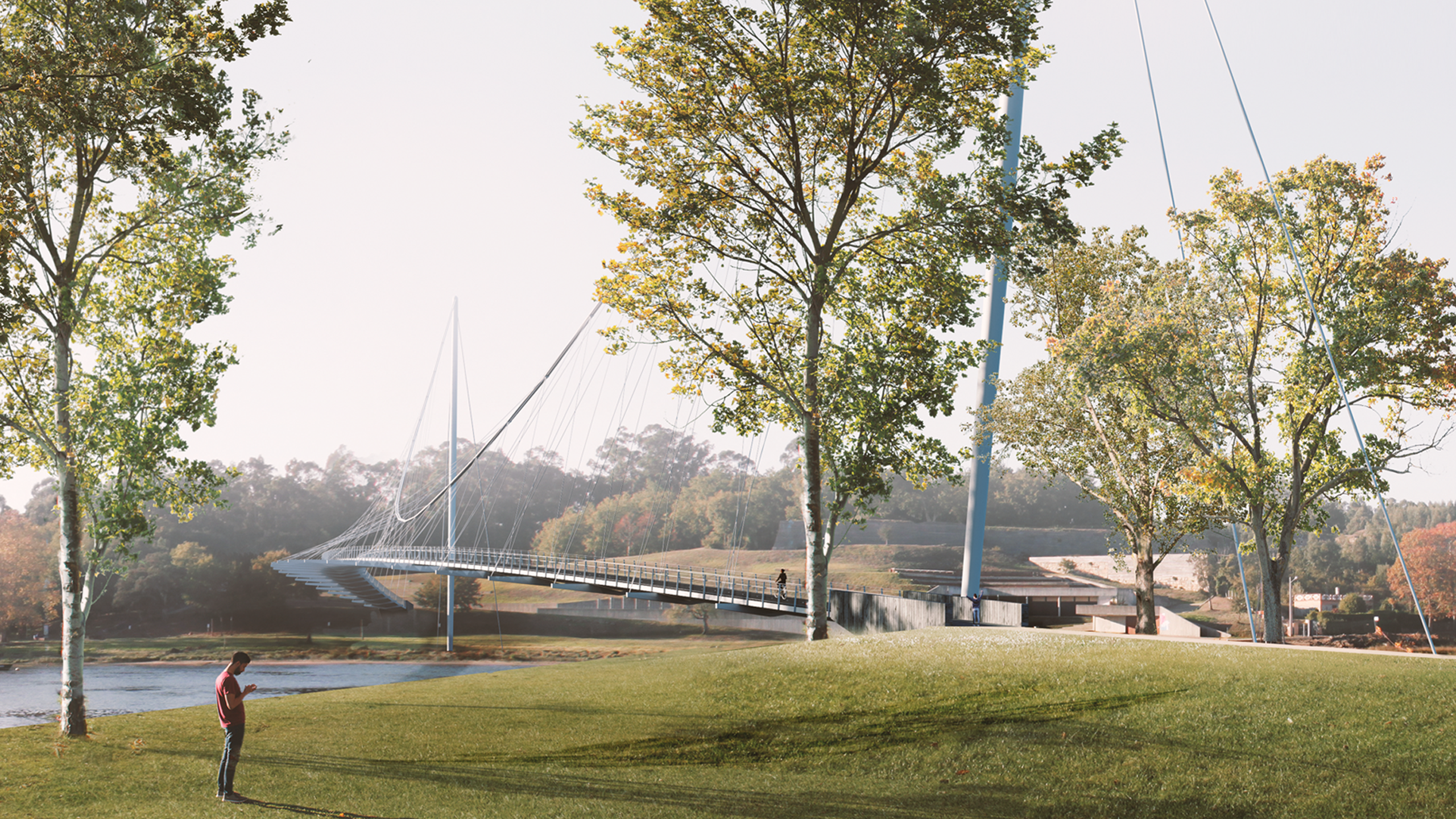
Share:
How to run a Mola structural competition
How a leading university uses Mola to improve the teaching of structures